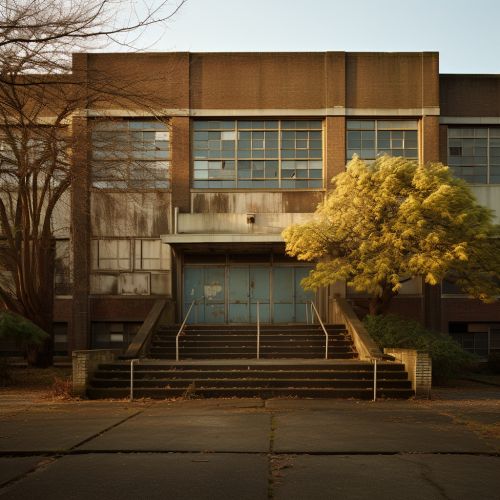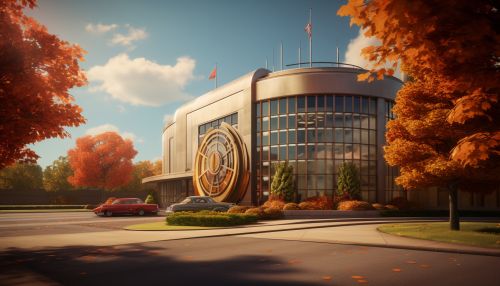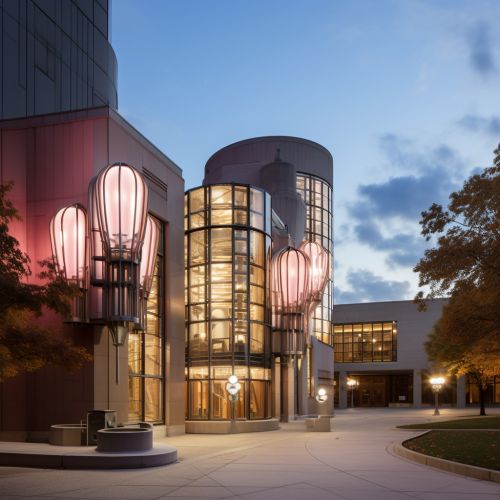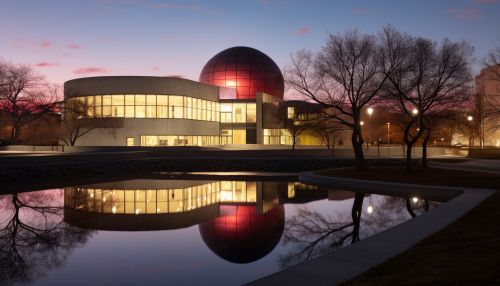William Hoffman
Early Life
William Hoffman was born in the late 19th century in a small town in Midwest America. His parents were immigrants from Germany, and they instilled in him a strong work ethic and a love for learning. He attended a local one-room schoolhouse where he excelled in his studies, particularly in mathematics and natural sciences.


Education
Hoffman went on to attend the prestigious University of Chicago, where he studied Physics. His academic prowess was evident, and he quickly rose to the top of his class. He was particularly interested in the field of quantum mechanics, a relatively new and exciting area of study at the time. His passion for the subject led him to pursue a PhD in Physics, focusing his research on the behavior of subatomic particles.
Career
Upon completing his doctorate, Hoffman accepted a position as a research scientist at the Bell Laboratories in New Jersey. Here, he made significant contributions to the field of semiconductor technology, particularly in the development of the transistor. His work played a crucial role in the advancement of modern electronics and communication technology.


In the mid-1950s, Hoffman transitioned to academia, accepting a professorship at the MIT. He continued his research in semiconductor technology, mentoring numerous students who would go on to make their own significant contributions to the field.
Contributions to Science
Hoffman's work in the field of semiconductors has had a profound impact on modern technology. His research on the transistor has been instrumental in the development of numerous electronic devices, from radios and televisions to computers and smartphones. His contributions to the field have earned him numerous awards and accolades, including the prestigious Nobel Prize in Physics.
Later Life and Legacy
Hoffman retired from MIT in the late 1980s but continued to contribute to the field of physics through his writing and public speaking. He passed away in the early 2000s, leaving behind a legacy of scientific discovery and innovation. Today, the Hoffman Laboratory at MIT stands as a testament to his contributions to the field of physics and his commitment to education.


